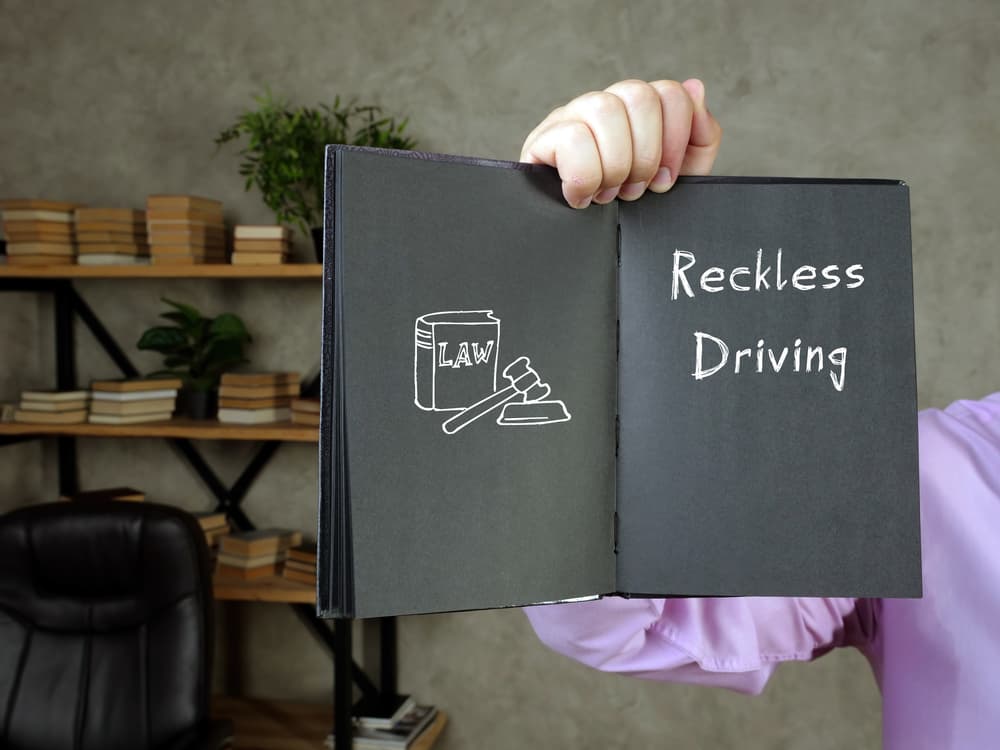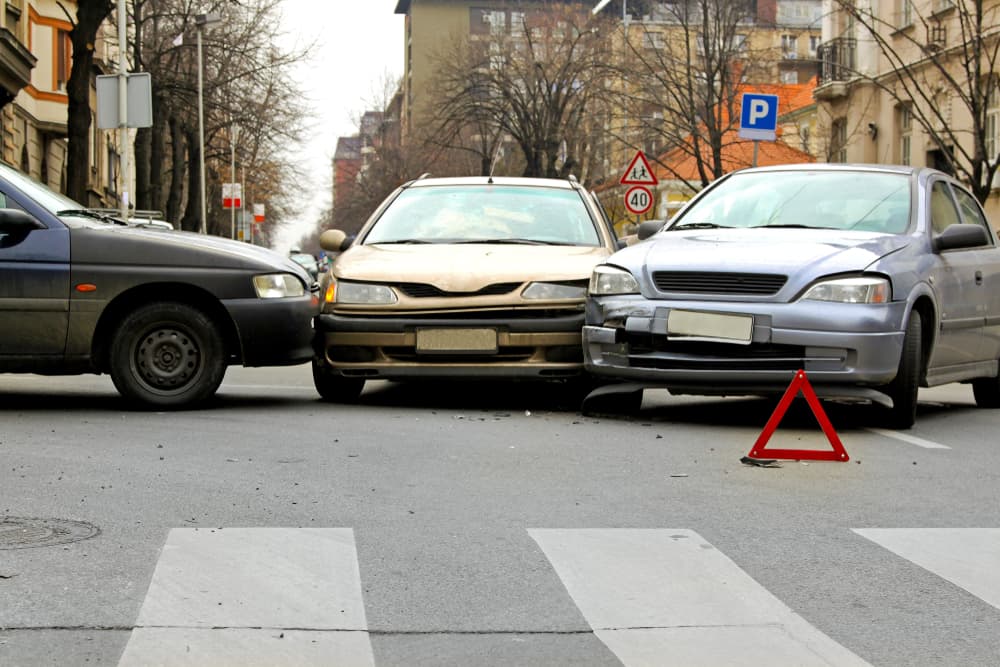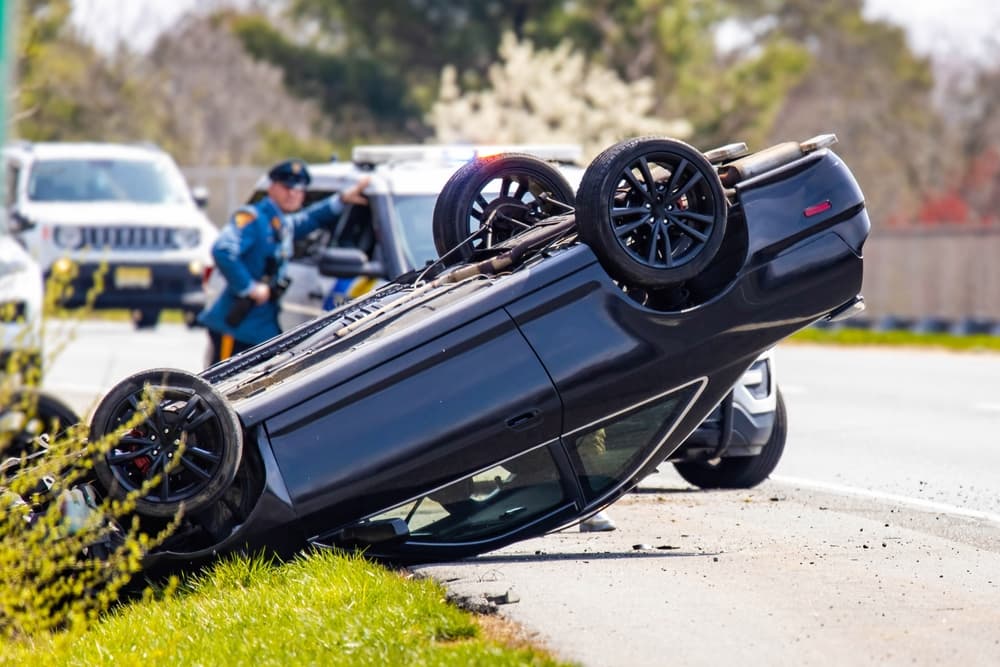No matter what type of car accident you have been in, there is a substantial chance of physical injury. Some car accidents may have a higher chance of causing death due to the speed and the amount of force involved in the crash. Each type of car accident may happen due to a different mistake one of the drivers made.
If you have suffered an injury in a car accident, you may have the right to obtain substantial financial compensation when you can show that someone else was to blame for the accident. First, you should contact an experienced car accident attorney to handle your car accident case.

Most people tend to focus on the fact that roughly 40,000 people per year lose their lives in car accidents throughout the United States. Only a small fraction of car accidents result in fatalities. However, you should not think that car accidents without fatalities are minor.
Car accidents without fatalities can still cause significant physical injuries and property damage. Those who survive a car accident often deal with life-changing injuries. You can be left to deal with serious physical and financial compensation that can present significant challenges for you and your family.
Each year, roughly three million people suffer some type of physical injury in a car accident and need medical treatment. Below are some examples of types of car accidents that can cause physical injuries or death.
Rear-End Crashes
The most common type of car accident is a rear-end crash. One driver fails to stop in time, and they hit another driver from behind. Even though the rear car strikes the front vehicle in an area away from the driver, they may still suffer serious injuries.
Anytime that one car hits another, there is some amount of force unleashed. The front car driver might be stopped or traveling at a lower rate of speed. When the rear car driver hits them, the body will move while the car stands still. The force quickly transfers throughout the car.
The head and neck will snap forward while the rest of the body remains still. This motion can result in a dangerous injury called whiplash. The front car driver may suffer permanent injuries to their head and neck. They may even sustain a traumatic brain injury if their brain hits against the base of their skull when the head snaps forward.
The law presumes the rear car driver is at fault for a rear-end car accident because they should have stopped in time to avoid the crash. However, this is not an ironclad presumption and rear drivers can sometimes rebut it if they have evidence of the front driver’s negligence. This might involve the front car driver stopping short or failing to have working brake lights.

Sideswipe Crashes
Drivers have a legal obligation to check their blindspots and engage their turn signal before they change lanes or make a turn. The driver who is already in the lane has the legal right-of-way. If a driver tries to enter a lane with a car already there, it can cause a sideswipe crash.
The impact itself does not necessarily cause the injuries in a sideswipe accident. Either of the two drivers may lose control after a sideswipe accident. When a sideswipe accident happens at a higher speed and in heavy traffic, it has the capability of causing a multi-car accident. Often, the secondary impact is what causes serious injuries. For example, the sideswiped driver may lose control and hit a retaining wall or get forced off the road.
Although sideswipe accidents do not have as high a fatality rate as other accidents, they can still be extremely dangerous. Many of these accidents happen on a highway at high speeds. Since sideswipe accidents often happen when a driver changes lanes, the angle of the crash can also cause a car to spin out of control.
Sideswipe crashes also often stem from distracted or aggressive driving. Both of these dangerous practices have been on the rise in recent years, leading to more serious sideswipe accidents.
Side Impact Crashes
Side impact crashes are also known as t-bone crashes. They occur most often at a stop sign or an intersection. Usually, one driver failed to yield the right-of-way when the law required them to do so. These crashes are also common when a driver runs a red light or stop sign.
T-bone accidents can cause serious injuries for both drivers involved. For one driver, it is almost as if they are involved in a head-on collision. Their airbag will forcefully deploy, or they can suffer harm due to the steering wheel. The other motorist suffers an impact to the side of their car, where there is less crash protection. Their car can collapse onto them, with the potential of serious injuries to their legs or midsection.
The problem with many side-impact crashes is that each driver may blame the other for the crash.
Head-On Crashes
Head-on crashes are the single most dangerous type of car accident. The amount of force is usually higher in this type of crash. In addition, the damage to the vehicle will also cause physical injuries.
Each driver can suffer severe injuries due from:
- Flying through the windshield of the car
- Making hard physical contact with the steering wheel or the dashboard
- The violent and forceful deployment of the airbag
- The seatbelt forcefully digging into the body, causing internal injuries
It goes without saying that a rear-end car accident should never happen.
One driver can end up in a lane that they should not have because of:
- Distractions
- Drunk driving
- Reckless driving
- Speeding
Head-on crashes occur most often on two-lane roads, with one lane of traffic going in each direction. All it takes is for a driver to veer out of their lane for a brief instant to be in the path of oncoming traffic.
Head-on crashes comprise roughly one in every fifty car accidents. However, they account for roughly ten percent of car accident fatalities.
Single-Car Accidents
There are some instances in which a driver may lose control of their own car. Single-car accidents can be extremely dangerous because they often occur at high speeds. Single-car crashes can involve a collision with a fixed object, resulting in severe injury or a fatality.
Many people assume the driver is always to blame for a single-car accident.
Although that is most often the case, you may hold other parties legally responsible for the accident, including:
- Another driver who cut in front of the driver, causing them to lose control
- A governmental entity that failed to maintain the road in reasonable condition or did not clear the road of snow and ice within a reasonable amount of time
- The manufacturer of the car or car part that was defective and caused the crash
Although attorneys may hesitate to take cases involving single-car accidents, they accept your legal matter if you have a compelling story about someone else being responsible.
Drunk Driving Accidents
Drunk driving car accidents occupy their own special category because of their severity. These accidents often occur at a high speed when a driver least expects it. Motorists do not have enough warning or dexterity to elude a crash with a drunk driver because the intoxicated driver’s actions are so unpredictable.

Drunk drivers have lowered risk inhibitions, slower reflexes, and distorted perceptions. Thus, they may be slow to react or take dangerous chances behind the wheel. One of these risks is excessive speed.
Nationwide, almost one in every three crashes involves a drunk driver. These crashes usually result in more serious injury for the other driver and their passengers. You can file a civil case against the drunk driver, even if they faced criminal charges for driving under the influence (DUI). The result of the criminal case does not necessarily control whether your civil case will be successful.
You Must Prove Fault to Win a Car Accident Case
Regardless of the type of car accident, the same legal principle is at work anytime that you have suffered an injury by someone else’s actions. In every car accident case, you must show that another driver was negligent to even discuss financial compensation. Negligence involves some sort of carelessness, where the driver’s conduct falls short of what a reasonable driver should do under the circumstances.
Negligence and fault are not always clear-cut in car accidents. You may need to do some investigative work to determine what happened. You have the burden of proof to show that another driver should have the legal obligation to pay you. If you cannot meet the burden of proof (which shows that your facts were more likely than not to have happened), you may not get anything for your injuries.
The last thing you need to worry about is proving who was responsible for your accident and injuries. This is a difficult process, and you have serious injuries to deal with and medical treatment appointments to attend. Allow a skilled car accident lawyer to identify fault and prove your claim.

You Need Evidence to Prove What Happened in a Car Accident Case
In a car accident case, you start with your own word of what you experienced. Unfortunately, your word does not count for much. It is only when your version of events has support from concrete evidence that you have a strong legal case. If you end up in a “truth contest” with the other driver, the evidence will break the tie and show the insurance companies that your version of the story is correct.
Persuasive evidence in a car accident case may include:
- Testimony from an objective third party who saw the accident happen. For example, if another driver in the area saw the car involved in the accident run a red light, their testimony can be crucial to your case. The testimony of a passenger in the car with you does not carry the same weight because they may have their own financial interest in the case.
- Pictures of the accident scene that can give an idea of what happened based on the position of the cars after the crash. If you did not take pictures due to your injuries, hopefully, someone else or a police investigator did, and your lawyer can seek these photos.
- A police officer likely came to the scene and wrote an accident report. This report may have included the officer’s observations of what they saw when they came to the scene and their thoughts about what may have caused the crash. You cannot use the police report as standalone evidence in a lawsuit because it is hearsay, although insurance companies may rely on it in determining liability.
- An accident reconstruction expert who can give their professional opinion about who caused the crash.
Car Accident Lawyer, Thomas L. Stroble
Regardless of what form of evidence you rely on to prove your case, it is not always effective to be the investigator of your own crash.
- First, you suffered an injury, and you do not have the physical capacity to do the job.
- Second, you may not know how to assemble the proof you need for your case. An experienced car accident lawyer knows what to look for and how to assemble the strongest possible case based on the available evidence.
Once you can prove fault in your car accident case, you will then be in a position to negotiate compensation with the insurance company in a settlement agreement. If you have taken your case to court, the jury can award you damages once you sufficiently prove liability for the crash.
An experienced personal injury attorney knows how to prove liability and how much your case is worth. They will fight for you to receive every dollar that you are due.



